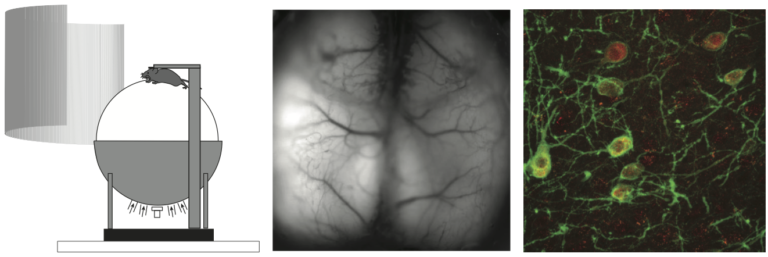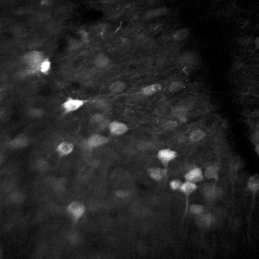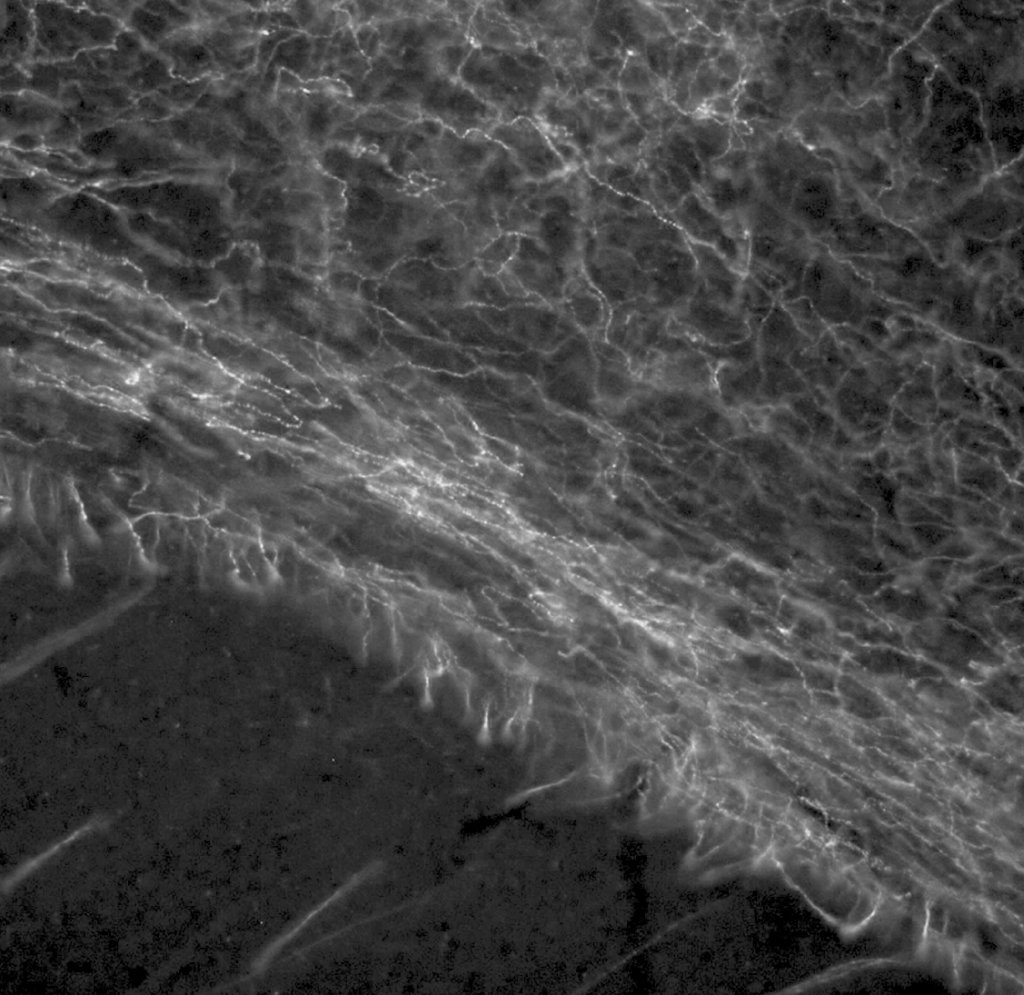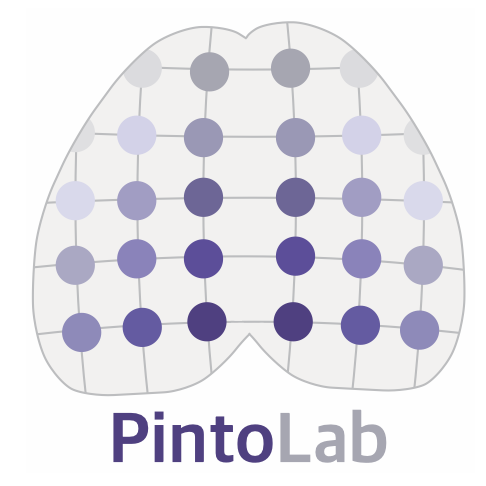
What we are interested in
Imagine you are solving a Rubik’s cube. Deciding on the next move requires first observing the current configuration of colored squares. Doing it blindfolded is a whole different story, though. You need some cognitive heavy lifting to keep track of previous moves, do mental rotations and infer the current configuration of colored squares before making an outwardly similar decision to when you can see the cube. In the Pinto Lab we want to understand how the brain can flexibly combine different cognitive computations to make decisions.
Decision making and its different underlying computations
There is much evidence to suggest that decision-making computations happen across widespread brain areas, including many in the cerebral cortex. But how do these areas interact to make a single decision? And how can the brain perform different computations using the same pool of neural circuits? Decisions that require different combinations of underlying computations appear to be associated with distinct patterns of large-scale activity across the cerebral cortex. We want to understand how neuromodulatory mechanisms potentially control these different dynamic configurations of neural activity, and how they map onto different cognitive operations.
Neuromodulatory mechanisms of the reorganization of large-scale cortical dynamics
We study the brain circuits that switch between, and maintain, the different dynamic configurations of large-scale cortical activity that support different types of decisions. A particular focus is on the role of neuromodulators such as acetylcholine. This line of inquiry could also have clinical implications down the line, as acetylcholine dysfunction seems related to the cognitive symptoms of neurodegenerative diseases such as Alzheimer’s.
Functional organization of large-scale cortical dynamics
Another crucial question is whether there is actually a logic to the way large-scale cortical dynamics change according to the behaviors they support. To put it another way, are there core computations performed by each cortical area that explain why activity across the cortex looks the way it does during different tasks? We believe answering this will help us provide parsimonious explanations of cortical function using general computational principles.
Our approach
Navigational decisions in virtual reality
We train mice to navigate virtual mazes and decide whether to make a right or a left turn in order to get a reward. What determines where the reward is depends on the specific task. The mice need to remember the stimuli they saw, compare different stimuli, judge the identity of stimuli contaminated with noise etc, or even different combinations of these operations. We believe that a task comparison approach is key to understanding what the core underlying neural computations are and how they take place.
Mouse’s perspective (left) and bird’s eye view of avatar (right) of a mouse performing the accumulating-towers task.
Virtual reality (VR) is great because it allows for precise control of parameters of the stimuli the animals experience and the task they must perform, while keeping other conditions similar across tasks. At the same time, navigation is an ethologically relevant behavior — both rodents and humans make decisions while spatially navigating all the time. Finally, VR allows us to seamlessly combine behavioral experiments with the techniques below.
Multi-area optical measurement and perturbation of neural dynamics
A central goal of our research is to understand how interactions between different brain areas support decision making. To do this, we use in vivo microscopy tools such as widefield and two-photon calcium imaging. These allow us to monitor the dynamics of large populations of neurons or their projections from multiple cortical areas, with either mesoscale or cellular resolution depending on the specific question. We also use optogenetic manipulation of neural activity to probe how different structures are involved in decision making.

Circuit mapping tools
We combine our behavioral and optical approaches with genetic tools to give us a handle on specific cell types within the neural circuits. That allows us to study the anatomical and functional properties of different circuit components, and how they relate to the rest of the circuit and to decision-making behavior.

Fluorescent cholinergic fibers from the basal forebrain innervating the cortex.
Computational models
All of our experimental approaches described above are informed by computational models. The goal is to provide quantitative descriptions of the animals’ behavior, and to try to understand the link between that behavior and large-scale neural dynamics. The models are used both to make sense of our complex datasets and to then generate new, experimentally testable hypotheses about the data.
